Big cats, such as lions, tigers, leopards, and cheetahs, are among the most majestic yet vulnerable creatures on Earth. However, their survival now increasingly hinges on human intervention, raising concerns about their long-term independence and sustainability. This article explores whether big cats are becoming too dependent on human actions and what this means for their future in the wild.
The Plight of Big Cats in the Wild
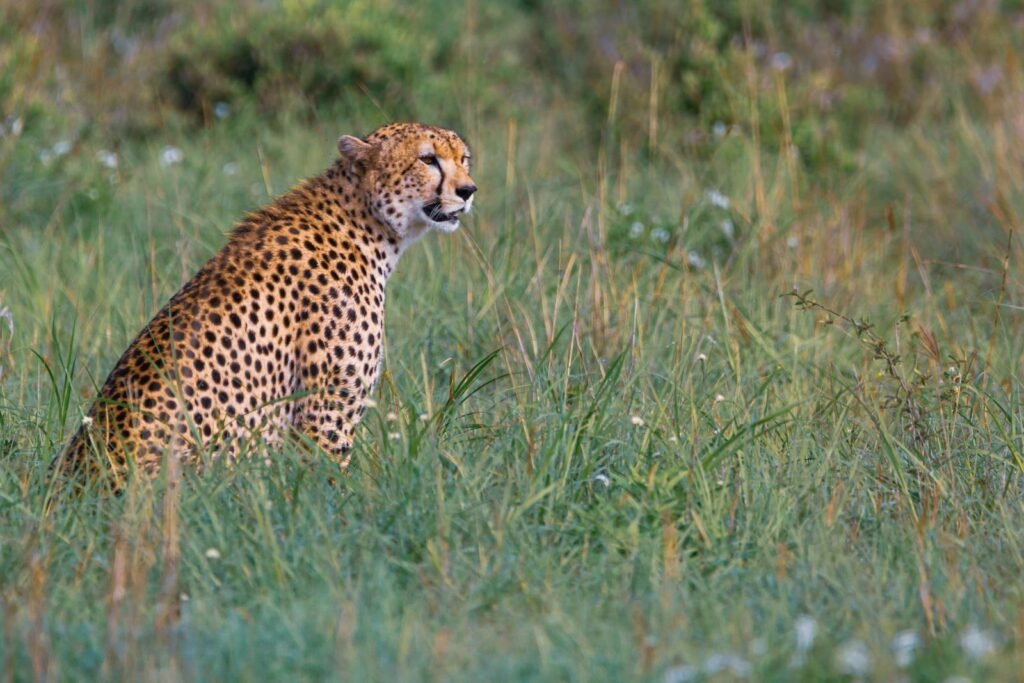
Big cats face numerous threats that have significantly reduced their populations globally. Habitat loss, poaching, human-wildlife conflict, and climate change are just a few challenges that have pushed these carnivores towards the brink of extinction. Conservationists frequently step in to mitigate these effects, but at what cost?
Human Intervention in Conservation Efforts
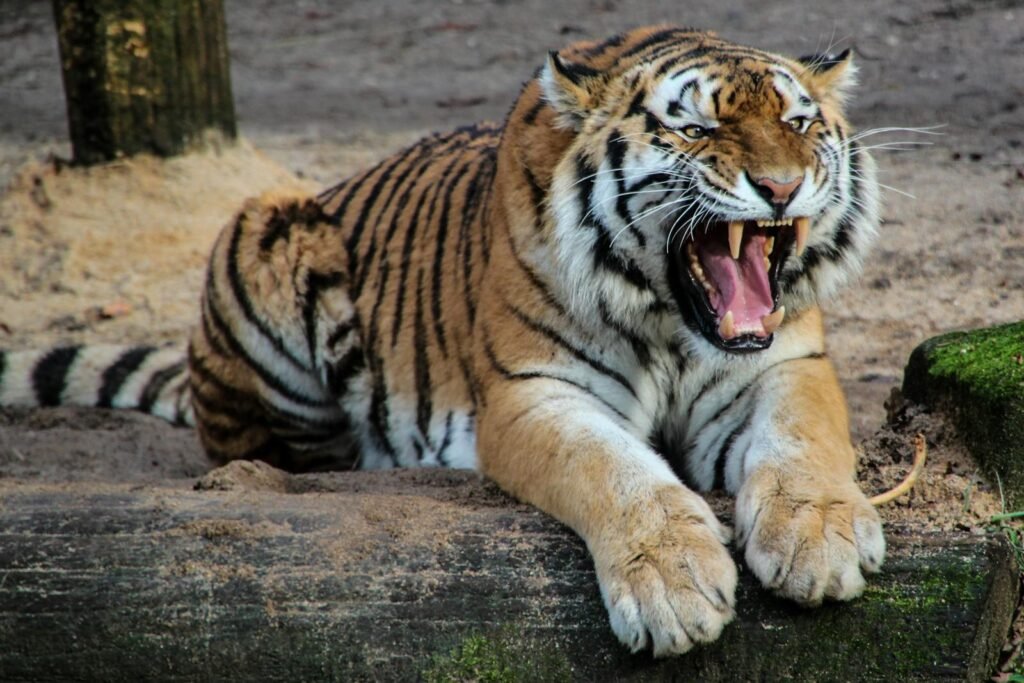
In response to the dwindling numbers of big cats, humans have implemented various conservation strategies. These range from establishing protected areas and wildlife reserves to breeding programs and rehabilitation centers. While these efforts have been critical in preventing extinction, they also raise questions about the dependence of big cats on human intervention for their survival.
The Role of Captive Breeding Programs
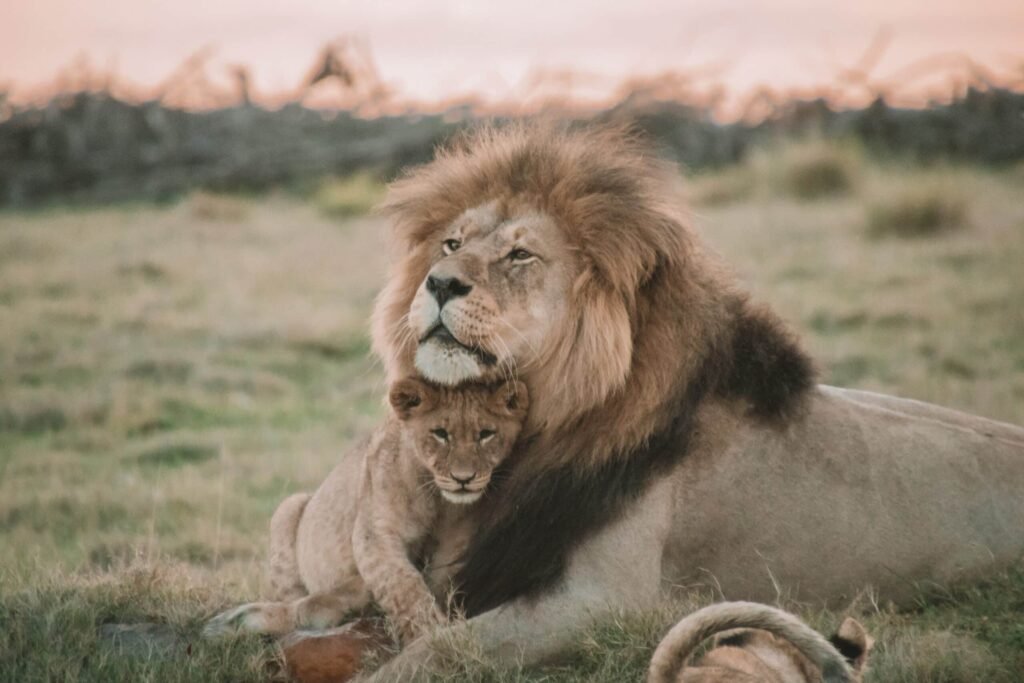
Captive breeding programs have become a cornerstone of big cat conservation. By breeding cats in controlled environments, conservationists aim to produce stable populations that can eventually be reintroduced into the wild. However, critics argue that reliance on these programs may not address the root causes threatening wild populations and could lead to big cats losing crucial survival skills.
Impact of Habitat Loss and Fragmentation

Habitat loss and fragmentation restrict the natural ranges of big cats, confining them to smaller areas and increasing their vulnerability. Human intervention often includes creating wildlife corridors and restoring habitats to mitigate these effects. Despite such efforts, the need for ongoing human involvement in maintaining these habitats underscores a growing dependency.
Conflict Mitigation Between Humans and Big Cats
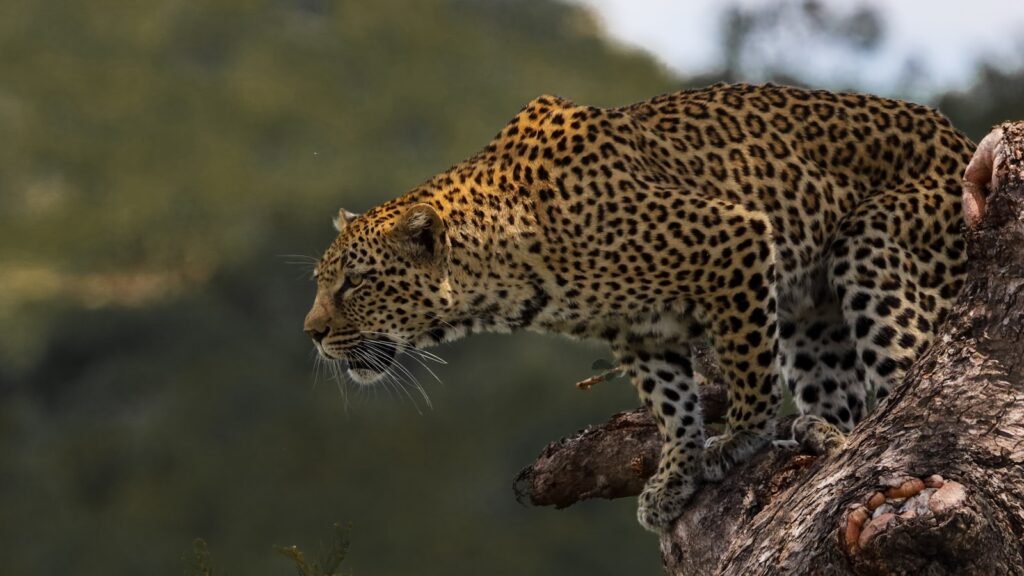
Human-wildlife conflict often arises when big cats encroach on human settlements in search of food, leading to retaliation against them. Conservationists intervene by implementing measures like livestock pens and using technology to track movements. While these interventions are necessary, they often result in big cats becoming reliant on human-managed solutions for their survival.
The Economic Benefits of Big Cat Tourism
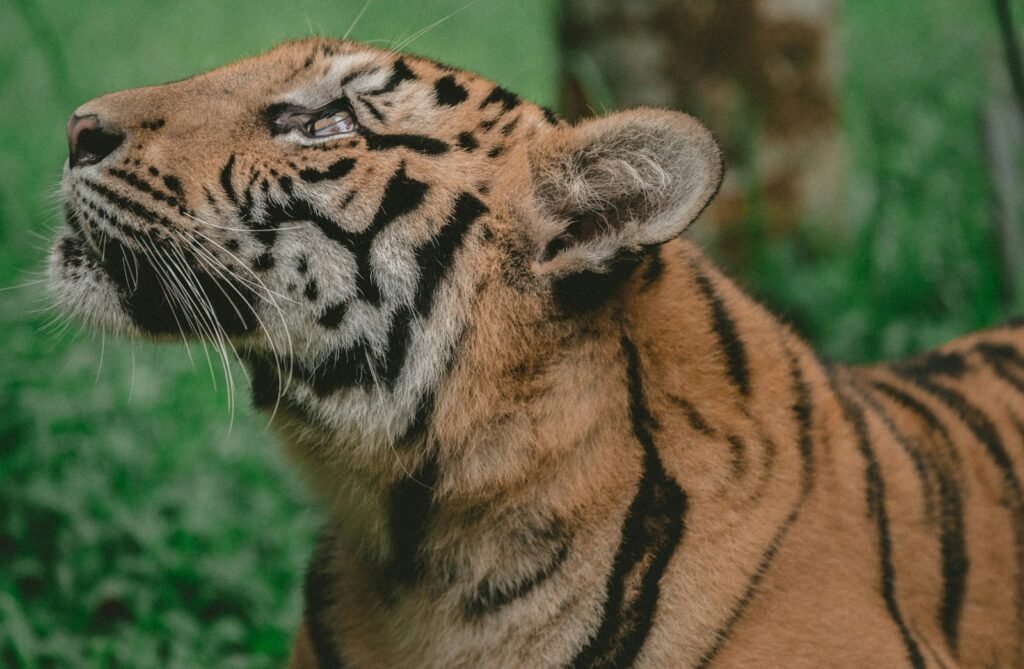
Big cat tourism, particularly in Africa and Asia, contributes significantly to local economies and funds conservation efforts. While this industry provides incentives to protect big cats, it also risks creating a dependence on human financial interests. This could prioritize tourism over genuine ecological needs, potentially compromising big cat independence.
Assessing the Effectiveness of Rewilding Strategies
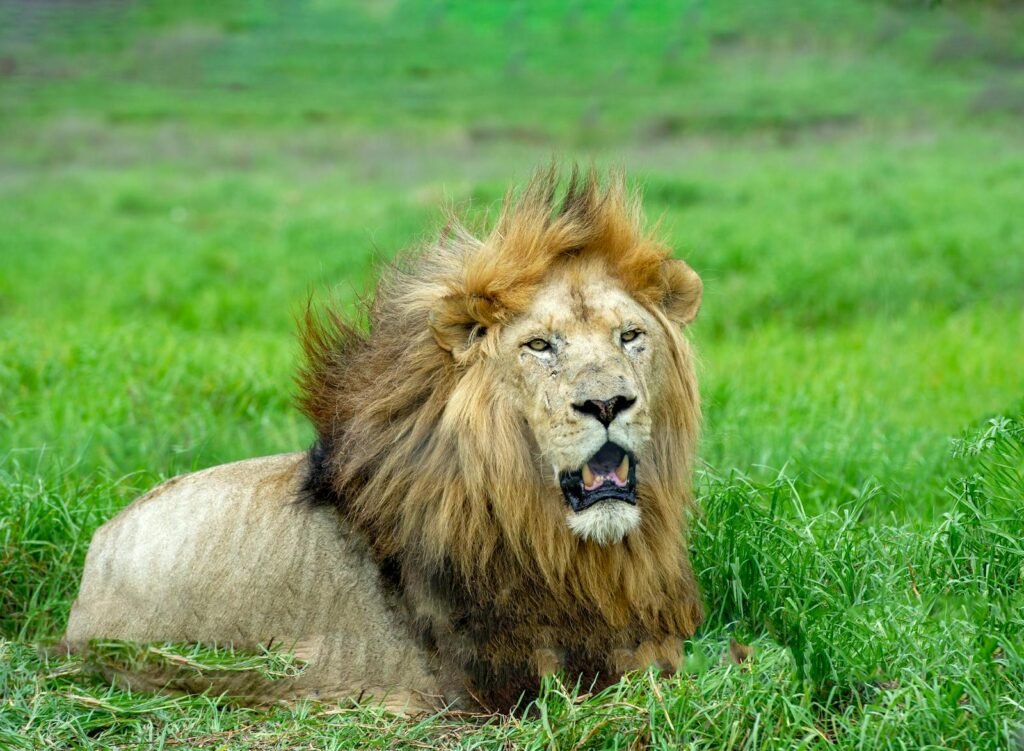
Rewilding involves reintroducing captive-bred big cats back into the wild. While it is a compelling solution to restore natural populations, the process is fraught with challenges. Many rewilded animals struggle to adapt due to their dependence on human care, highlighting the complexities in transitioning these animals back to self-sufficiency.
Technological Interventions in Big Cat Conservation
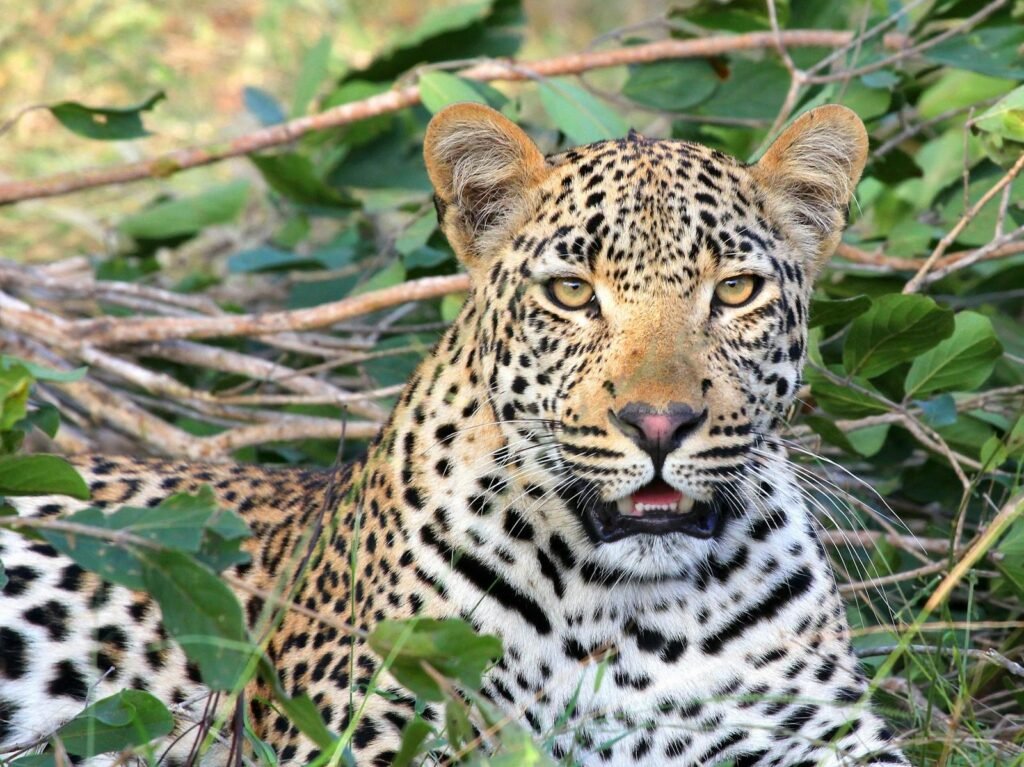
Advancements in technology, such as camera traps, GPS collars, and drones, have revolutionized big cat conservation. While these innovations are essential for monitoring and protecting populations, they can also create reliance. Continuous technological presence might reduce the imperative to address larger systemic issues, thereby fostering dependency.
Ethical Considerations and Future Directions
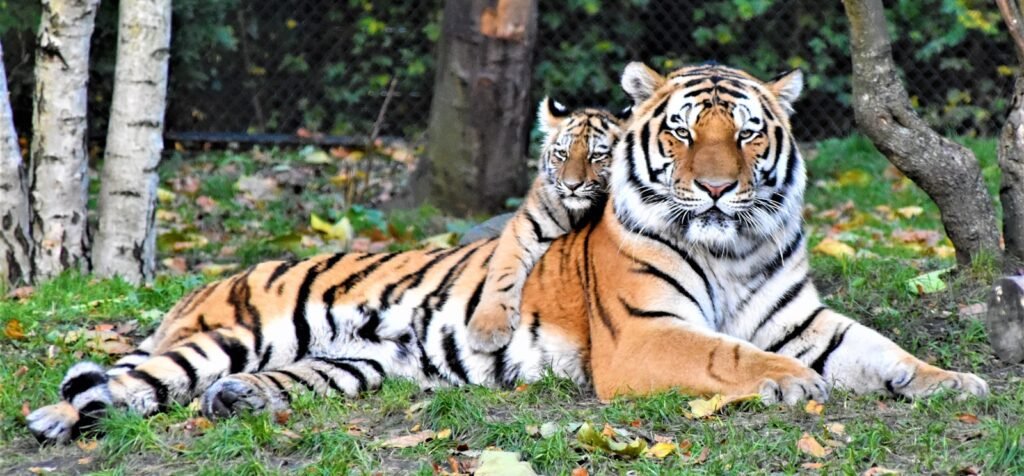
The ethical implications of increasing human intervention in big cat conservation are profound. As stewards of the planet, humans are faced with the responsibility of ensuring that these interventions serve to empower big cats rather than diminish their natural instincts. Moving forward, a balanced approach — blending direct intervention with efforts to address underlying threats — is crucial.
Striking a Balance for Long-Term Survival
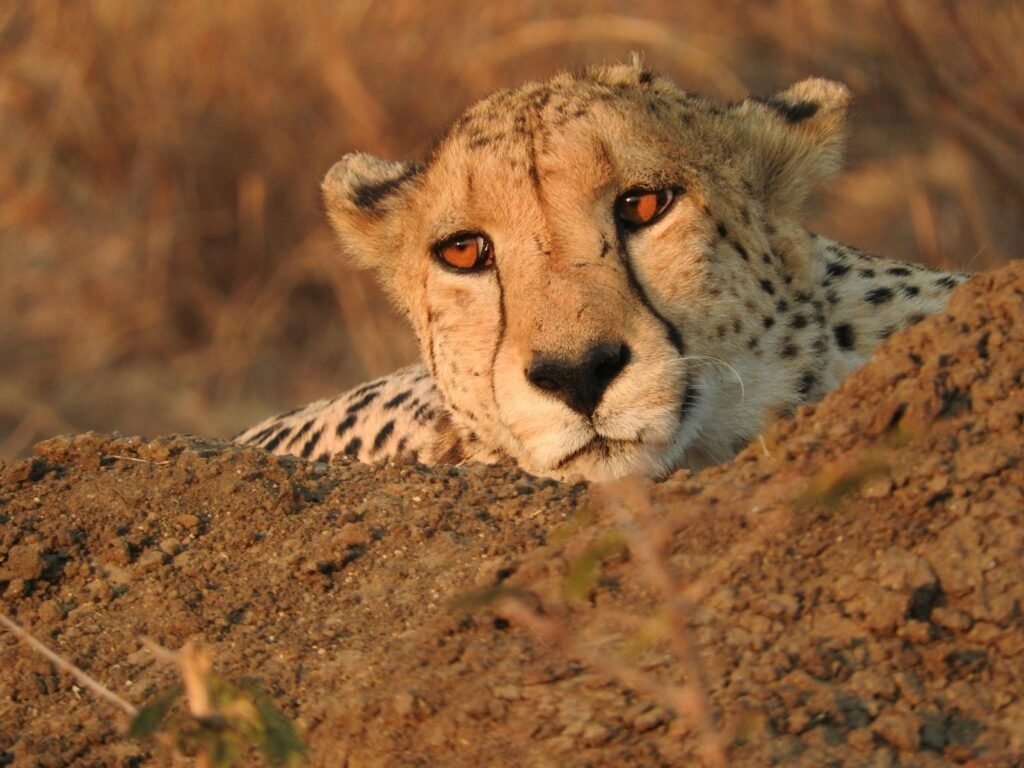
While human intervention has unquestionably played a critical role in saving big cats from extinction, it has also highlighted the fine line between assistance and dependency. To secure their future, it is imperative to adopt strategies that empower big cats to thrive independently while ensuring that human involvement addresses both immediate threats and long-term ecological sustainability.

Growing up traveling and experiencing new cultures and wonders, I have had a passion for nature, adventuring, photography, and videography. I am currently working towards a BSc in Biodiversity and Ecology at Stellenbosch University, and I hope to specialise in Marine Sciences one day.
Please send any feedback to Feedback@animalsaroundtheglobe.com






